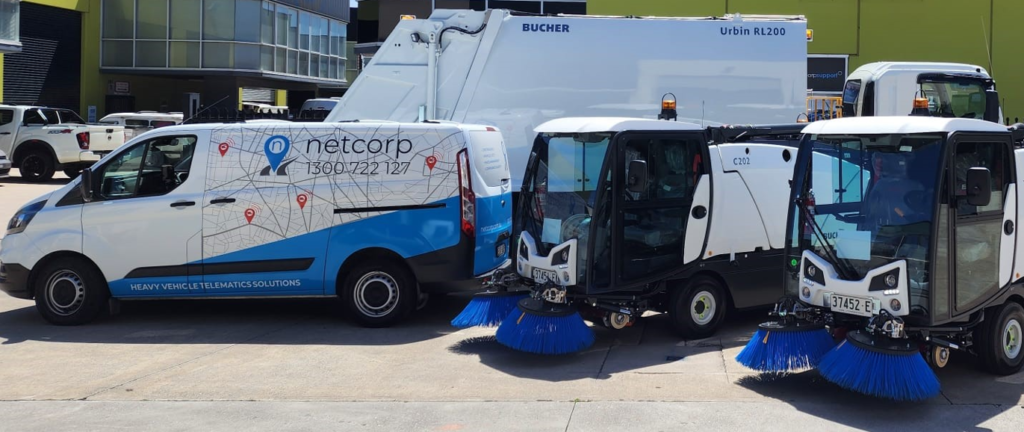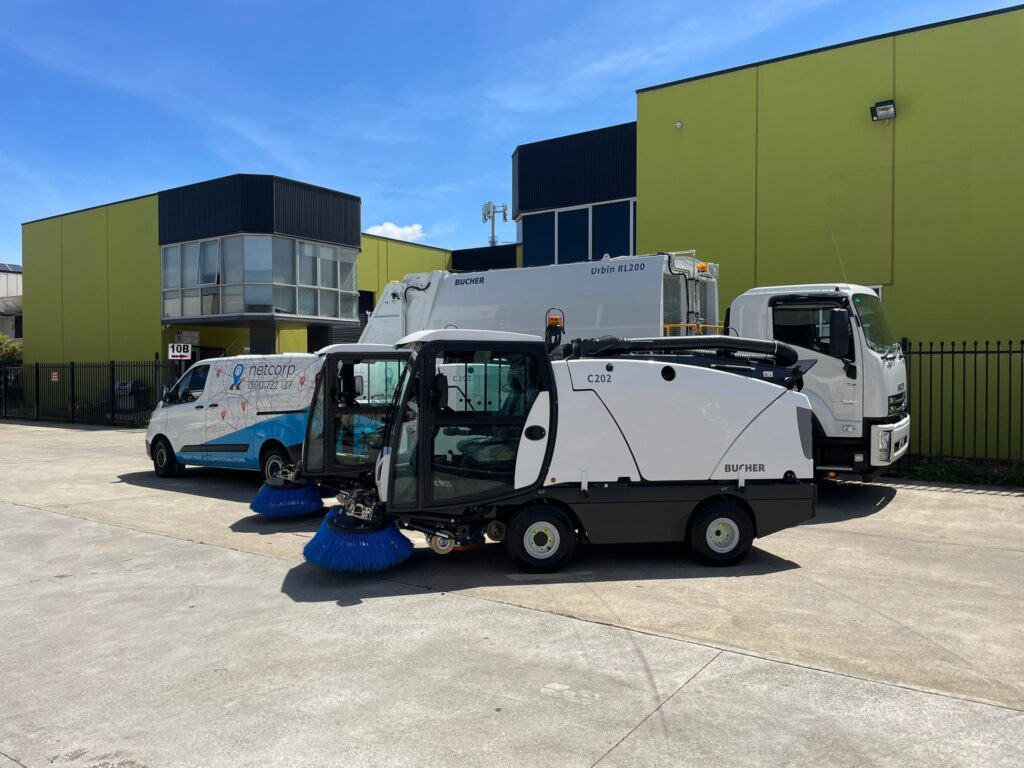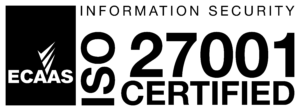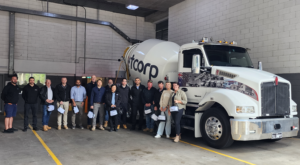Waste management vehicles are a large part of daily fleet movement in all suburban and regional areas. Understanding their travelling trends are a big part of advancing the technology in this industry. The waste sector needs more than simple GPS tracking, from Live Camera’s in waste disposal units to broom sweeper usage reporting in routine street cleaning requirements.

Telematics has had a significant impact on the waste industry in recent years.
“Telematics is the technology used to monitor and track vehicles remotely. This technology is widely used in the waste industry to help companies manage their fleets more efficiently and effectively.”
Here are some of the ways that telematics has helped the waste industry:
Improved route planning and scheduling: Telematics enables waste management companies to plan more efficient routes for their trucks. By analysing data on traffic patterns, road closures, and other factors, telematics systems can help companies optimise their routes to minimize travel time and fuel consumption.
Better asset utilization: Telematics can help companies optimise their vehicle utilization by providing real-time information on the location and status of their trucks. This enables them to assign trucks to the most appropriate jobs and avoid unnecessary downtime.
Enhanced safety and security: Telematics systems can monitor driver behaviour and provide real-time alerts in the event of accidents or other safety incidents. They can also provide GPS tracking to help locate stolen or missing vehicles.
Reduced maintenance costs: Telematics can help companies identify maintenance issues before they become major problems. By monitoring factors such as engine performance, tire pressure, and fuel efficiency, telematics systems can alert companies to potential issues and enable them to take corrective action before they become costly repairs.

Camera technology has become increasingly popular in waste trucks in recent years. This technology is used to monitor the activities of waste collection crews and provide real-time video feeds to supervisors and managers.
Here are some of the ways that camera technology has helped the waste industry:
Improved safety: Cameras can be used to monitor waste collection crews and ensure that they are following proper safety procedures. For example, cameras can be used to monitor workers as they climb on and off trucks or operate heavy machinery or during automated waste collections. This can help prevent accidents and injuries.
Increased efficiency: Cameras can also be used to monitor the collection of waste and recycling materials. By providing real-time video feeds to supervisors and managers, they can identify any issues with collection routes or identify areas where collection crews may need additional support.
Improved customer service: Cameras can also be used to monitor the collection of waste and recycling materials. This can help identify areas where additional collection services may be needed or where customers may have issues with their collection schedules.
Better accountability: Cameras can also be used to monitor the activities of waste collection crews and ensure that they are following proper procedures. This can help prevent theft or other illegal activities, and also ensure that crews are properly disposing of waste materials.
Overall, camera technology has become an important tool for waste management companies. By providing real-time monitoring and video feeds, it has helped improve safety, efficiency, customer service, and accountability in the industry.






